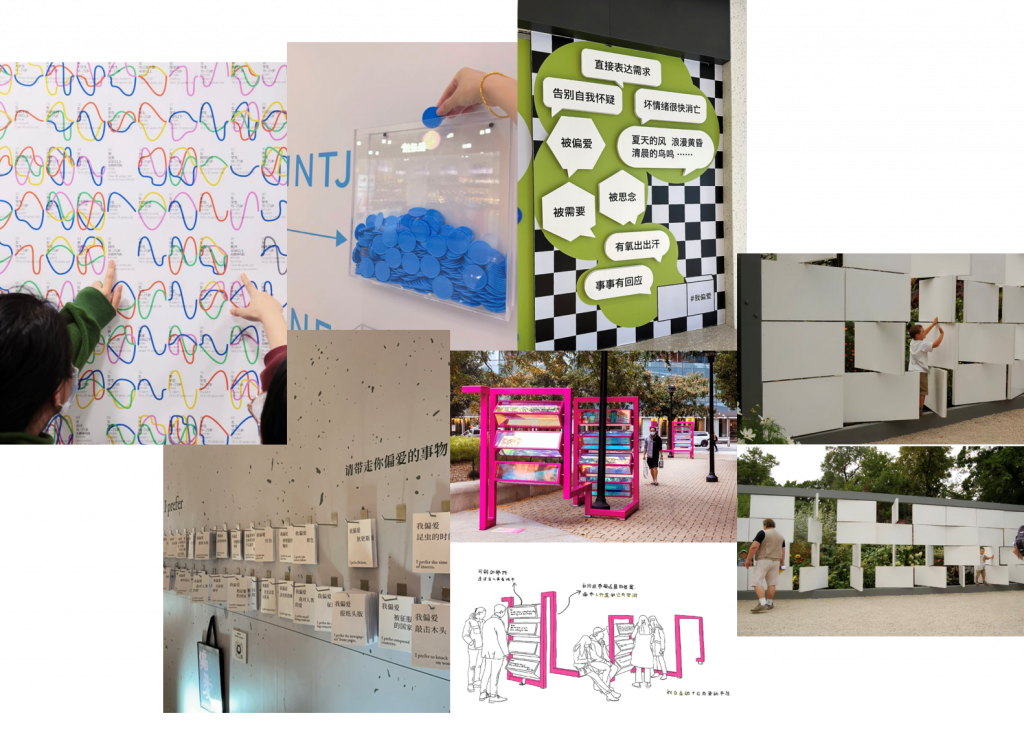To this point, it is important to rethink what is the project trying to achieve and what I can provide. I narrowed down the stakeholders in the question from Chinese Gen Z to students, thus focusing more on the education system. I
In preparation for the next intervention, I contacted Mr. Zhong, the counsellor who participated in my second intervention workshop, and I explained to him the problems I had encountered in my third intervention, he told me that I had overlooked the importance of timely feedback.
The feedback given by social media is very fast, it takes more than ten seconds to get a new piece of information, which can instantly satisfy people psychologically. To free them from the one thing they’re addicted to, then you have to give them a new thing that appeals to them, that draws part of their attention or part of their experience time to another thing. For my long-term projects to be of interest to people, I need to consistently give more and more timely positive feedback to the participants. So my vision for the next intervention was to be able to engage people quickly, and at the same time provoke reflection at a faster pace.
I also contacted Mr Shi, the head of the NCEPU Mental Health Education Centre, again at the same time. I thought that although I did not have much ability to promote education reform, I could still set up some ‘installations’ in the school to provide mental help to the students. Mrs. Wang introduced me to Mrs. Wang of the Arts Education Centre, who is responsible for organising activities on campus and for school clubs.
I said that there are not many art installations in comprehensive universities in China, which can not only enhance the fun of the campus but also inspire students to get out of the anxiety spiral. There is no place for students to vent when they are stressed out from studying for a long period, and I hope that schools realise that it is important for students to combine work and rest.
Mrs. Wang countered me by saying that the campus life of university students is very rich and that the school supports various kinds of clubs so that students do not just study. She thought that my direction was right, but from the school’s point of view, what I said about the significance of such a facility was not very significant. If my goal is to draw students away from the world of mobile phones through installations, then other things are possible, such as a fitness area. There are limitations to my installation, such as the audience, which may not be the same for every student.
I explained that my installation is not just for stress relief and entertainment, but I hope that the students’ interaction with the installation will lead to self-reflection and self-awareness so that they can learn about their own interests, affirm themselves, and focus on self-improvement without relying too much on their mobile phones.
Mrs Wang says she thinks this is theoretically possible. The first step is to realise that he wants to change. This kind of awareness is still relatively rare for Chinese students, and it would be a good thing if the project could be promoted in schools. The idea is fine, but the difficulty lies in how we can target students of this age to get their attention.
I said that I could conduct some experiments at CSM so that I could synchronise the results with Mrs Wang to explore the feasibility of my idea.
Research
I conducted some research on interactive devices.
